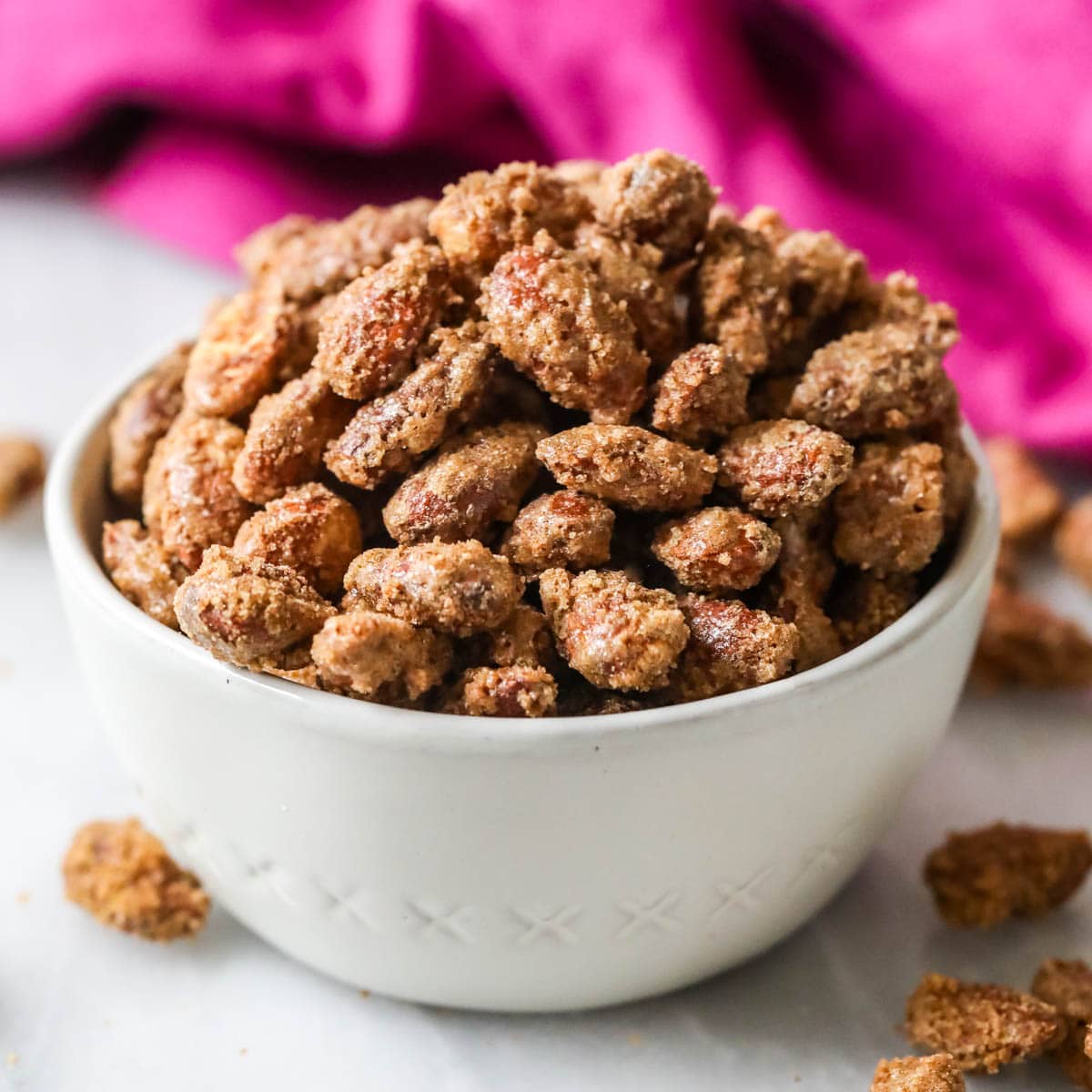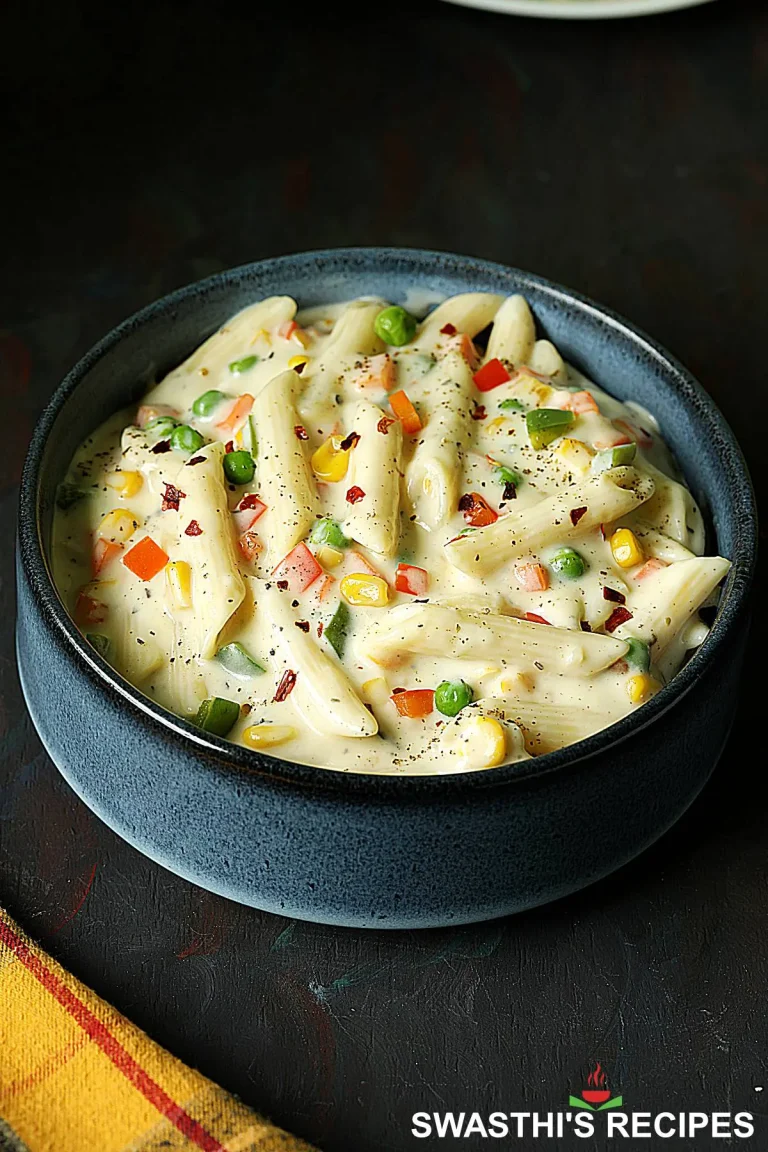Candied Almonds Recipe
Candied almonds trace their roots back to ancient Rome. These sweet treats, known as “confetti” at Roman weddings, symbolized fertility and happiness. During the Middle Ages, almonds coated in sugar became popular across Europe. They played a significant role in various cultural ceremonies, such as christenings and weddings, representing prosperity and health. Historically, candied almonds were often wrapped in decorative packages and given as gifts at celebrations. In Spain, these almonds, called “turrón,” became a traditional Christmas delicacy.
Evolution Over Time
Candied almonds have evolved significantly over time. Initially, making them was labor-intensive, with sugar being a luxury item. By the Renaissance, the spread of sugar plantations made sugar more accessible, popularizing sweets among the masses. In the 19th century, with the advent of industrialization, candied almonds entered commercial production. Modern variations, including flavored and spiced almonds, emerged as culinary techniques advanced. Cultural staples such as German “gebrannte Mandeln” at Christmas markets and Greek “koufeta” at weddings show how candied almonds have integrated into diverse global traditions.
Ingredients Used in Candied Almonds
Key Ingredients and Their Roles
Candied almonds require a few simple ingredients that play specific roles in creating their unique flavor and texture.
- Almonds: Almonds provide the crunchy base. Use whole, unblanched almonds for the best texture.
- Sugar: Granulated sugar caramelizes to form the sweet coating, adding a glossy finish.
- Water: Water helps dissolve the sugar, ensuring an even coating on the almonds.
- Cinnamon: Ground cinnamon spices the mixture, providing a warm, aromatic flavor.
- Salt: Salt enhances the overall taste, balancing the sweetness of the sugar.
Variations in Different Cuisines
Different cuisines add their unique twists to candied almonds, reflecting diverse flavor profiles and cultural influences.
- German: In Germany, candied almonds known as “Gebrannte Mandeln” often include vanilla and a hint of cocoa.
- Spanish: Spanish candied almonds, called “turrón,” mix honey with sugar and sometimes add egg whites to the coating.
- American: In the US, you might find variations featuring brown sugar, nutmeg, or even cayenne pepper for a spicy kick.
Each ingredient’s role, along with regional variations, contributes to the rich diversity of candied almonds found worldwide.
How to Make Candied Almonds at Home
Step-by-Step Recipe
To make candied almonds at home, gather the ingredients: 2 cups raw almonds, 1 cup granulated sugar, 1/2 cup water, 1 teaspoon ground cinnamon, and a pinch of salt.
- Prepare Ingredients: Measure almonds, sugar, water, cinnamon, and salt. Keep them within reach for a smooth process.
- Heat the Pan: Set a non-stick skillet over medium heat. Pour water, sugar, and ground cinnamon into the pan.
- Dissolve Sugar: Stir the mixture until the sugar dissolves, forming a syrup. This usually takes 2-3 minutes.
- Add Almonds: Add the almonds to the syrup. Stir to coat each almond evenly.
- Cook Almonds: Continue stirring until the liquid evaporates and sugar crystallizes on the almonds. This should take around 8-10 minutes.
- Lower Heat: Once sugar crystallizes, reduce heat to low. Keep stirring until almonds turn golden brown and sugar caramelizes.
- Cool: Transfer almonds to a baking sheet lined with parchment paper. Allow them to cool completely before serving.
- Consistent Stirring: To prevent burning, constantly stir the almonds throughout the process.
- Temperature Control: Keep a close eye on the temperature. High heat can burn sugar quickly.
- Use Fresh Almonds: Always use fresh almonds for the best flavor and texture.
- Uniform Coating: Ensure all almonds are evenly coated with the sugar syrup for consistent sweetness.
- Experiment with Flavors: For variety, add vanilla extract, cocoa powder, or cayenne pepper to the syrup.
Making candied almonds at home allows you to enjoy this treat anytime, tailored to your taste preferences.
Health Benefits and Nutritional Information
Nutritional Breakdown
Candied almonds offer a rich array of nutrients. A single ounce (28g) of raw almonds contains about 161 calories. They include approximately 6 grams of protein and 14 grams of fats, of which 9 grams are monounsaturated fats. Additionally, almonds provide 3.5 grams of dietary fiber and only 2.5 grams of digestible carbs. Key vitamins and minerals include vitamin E, magnesium, manganese, and small amounts of copper, vitamin B2 (riboflavin), and phosphorus. When almonds are candied, these values change slightly due to the added sugar syrup, increasing the carb content.
Health Benefits of Almonds
Almonds can positively impact your health. These nuts are rich in healthy fats, protein, and fiber, which contribute to heart health by reducing bad LDL cholesterol levels and increasing good HDL cholesterol. Magnesium in almonds helps regulate blood sugar levels, making them beneficial for those managing diabetes. Vitamin E, a powerful antioxidant, protects cells from oxidative damage. Consuming almonds can also aid in weight management; their high protein and fiber promote a feeling of fullness, reducing overall calorie intake.
Comparing Candied Almonds to Other Candied Nuts
Flavor Profiles
Candied almonds offer a rich, sweet flavor with a slightly bitter undertone. This unique taste comes from the natural oils in almonds and the caramelized sugar coating. When comparing them to other candied nuts, pecans provide a buttery and rich taste, cashews have a creamy and slightly sweet flavor, and peanuts offer a more earthy, robust profile. The diversity in flavors caters to different taste preferences, making each candied nut variety suitable for various occasions and dishes.
Usage in Culinary Delights
Candied almonds excel in both sweet and savory dishes. You can use them to top desserts, like ice cream or cake, add crunch to salads, or mix them into granola. Other candied nuts also have versatile culinary applications. Candied pecans work well in pies, breads, and salads. Cashews make a great addition to stir-fries and mixed fruit bowls. Candied peanuts often enhance baked goods and can be a tasty snack on their own. Each type of candied nut can elevate different recipes, allowing you to experiment and find your preferred combinations.
Conclusion
Candied almonds offer a delightful blend of history, flavor, and health benefits. Whether you enjoy them as a nostalgic treat or a modern snack, their versatility and rich taste make them a favorite for many. With numerous variations and simple homemade recipes, you can easily incorporate this delicious treat into your culinary repertoire. Embrace the tradition and savor the unique experience that candied almonds bring to your table.






